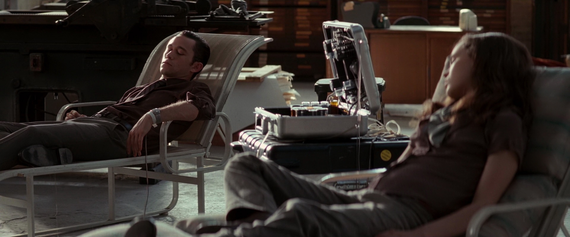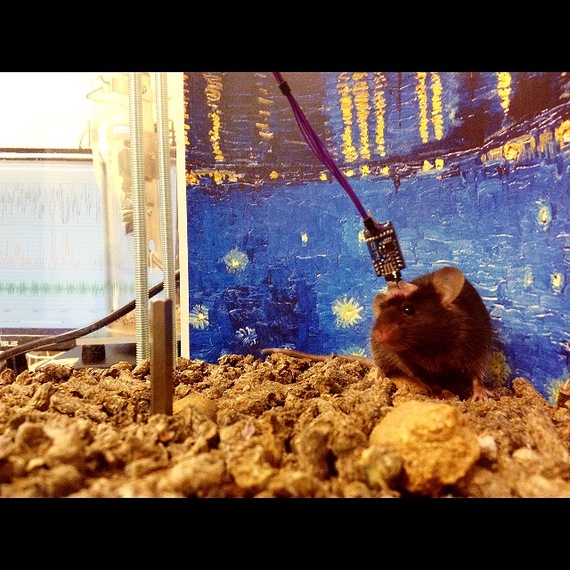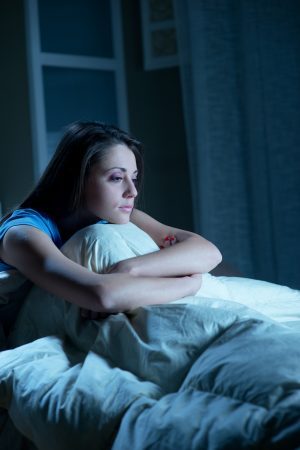
Dreams and Depression
Depression is a major problem we face that is increasing in severity with each year. Here are three interesting facts you may not have known about depression and sleep.
1. People who suffer depression show altered REM sleep architecture compared to those who are not depressed.
2. A common side-effect of anti-depressants is that they suppress REM sleep.
3. REM sleep deprivation has shown to be beneficial in treating depression symptoms.
What is REM sleep?
REM sleep is when we dream. It is also known as 'Paradoxical Sleep', because our brain looks like it is awake according to its electrical activity, but the body is paralyzed in deep slumber. One of science's greatest unsolved mysteries is: Why do we dream? Why does REM sleep exist? This mystery deepens when we take in mind its curious links to depression. Here we have a compelling example of the oft-touted but never proven link between sleep and mood.
Exploring Sleep and Mood
My lab, the Fu and Ptacek lab of UCSF, hopes to examine this link to better understand both. With the advent of advanced neuroscience techniques within this past decade, scientists have developed a powerful toolkit for delving deeper into dreams, optogenetics and pharmacogenetics.
If you've seen this movie, then you'll know what I'm talking about.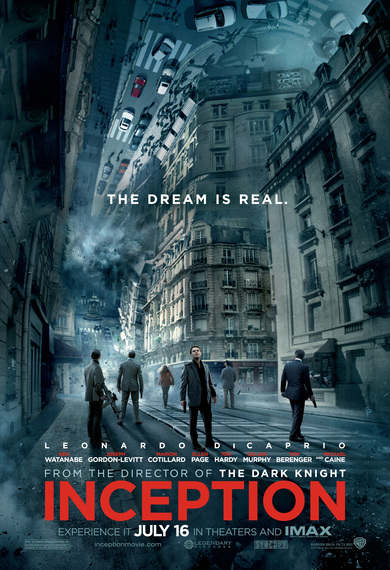
We still haven't gotten to the point where we can control what we dream, but we can now control when.
And being able to control when we sleep will allow us to test this hypothesis:
Does REM sleep affect mood? And if so, how?
Experimental Methods
We can use Opto- and Pharmacogentics to turn on and off REM sleep; how we accomplish this sounds nothing short of science-fiction. Using man-made viruses, we infect certain populations of the brain with "on/off switches". It's like installing light switches in a house. Then, we can flick these switches on or off using lasers or drugs. If we turn on the right neurons in the right place, we can make the brain do something, like begin REM sleep. 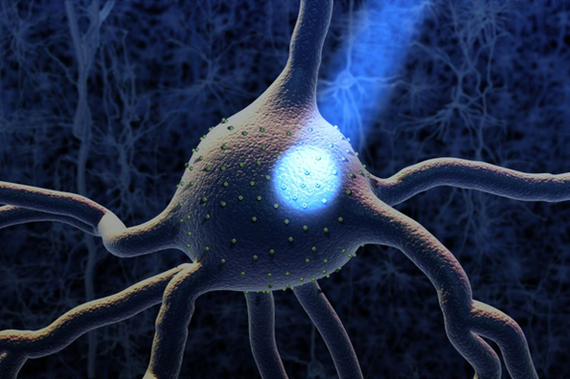
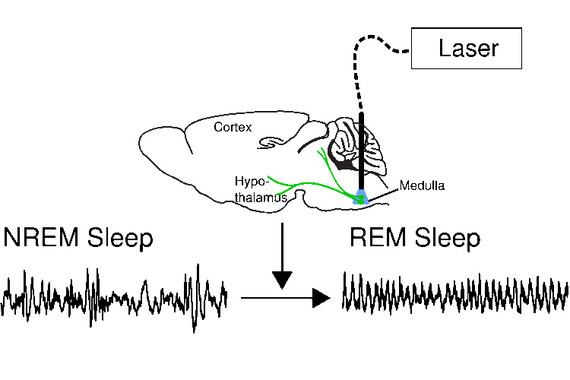
We plan on manipulating the REM sleep patterns in mice and see if there is any resulting change in their brain biochemistry or behavioral mood phenotype. Does elevating REM levels make mice more "depressed" according to their serotonin levels or their TST immobility time? We also carry a line of transgenic mutant mice who experience "Seasonal Affective Disorder", which means they exhibit depression-like symptoms under short photoperiod. Will depriving them of REM affect this phenotype? We hope addressing depression in this creative way will yield novel insights.
We hope that a deeper understanding of the link between depression and REM sleep will pave the way for future innovations in mental health therapy.
How You Can Help
We'd like to get the public involved, and hear any questions or feedback you may have. If you think what we're doing is cool, or compelling, please feel free to support us via our crowdfunding campaign through Experiment.com.
DW
